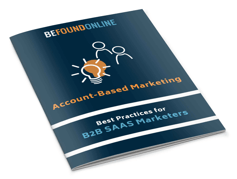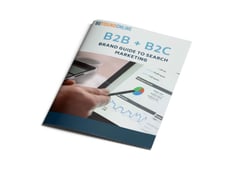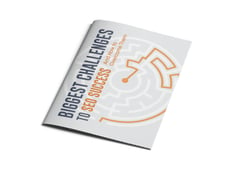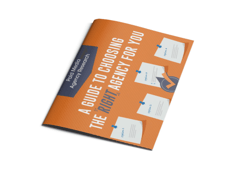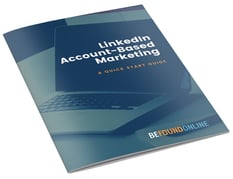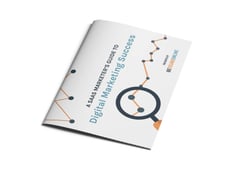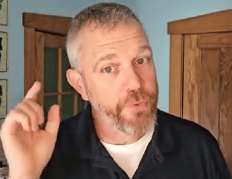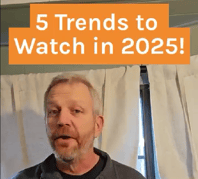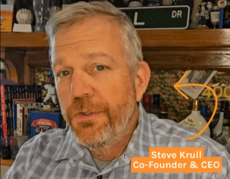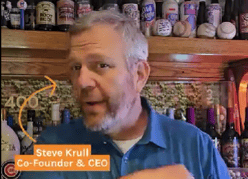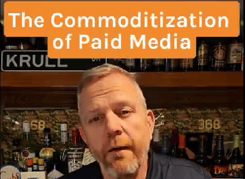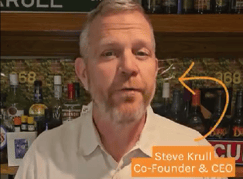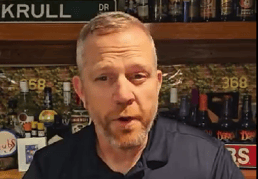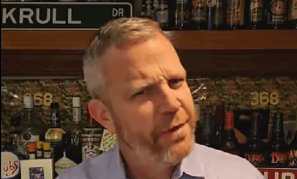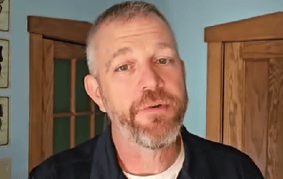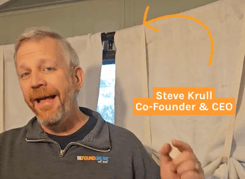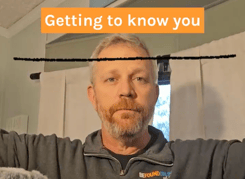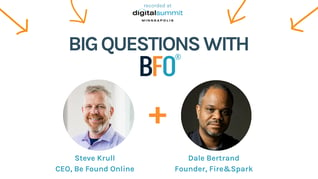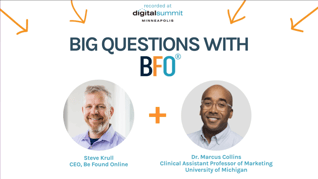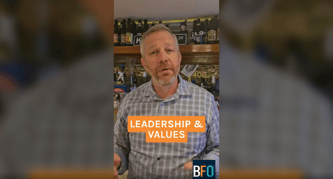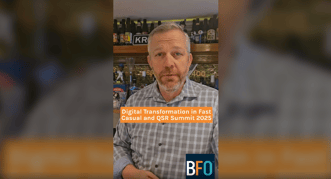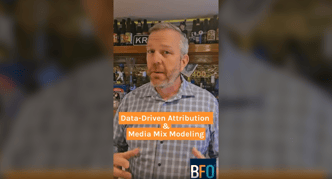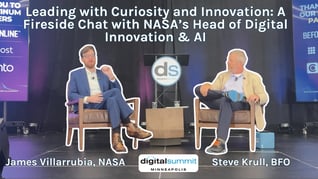Programmatic Isn't Automatic | 4 Human Insights to Help Deliver Successful Campaigns
August 20, 2019
6 Minute Read
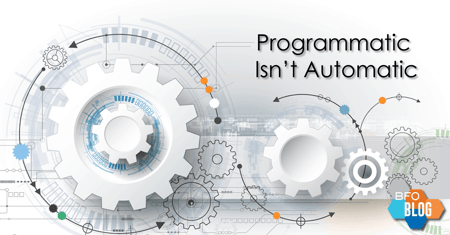
The AI and machine-learning behind programmatic is both its greatest strength – and its greatest weakness!
As a strength, AI algorithms can compute data faster than any human being. This translates to as near to personalized ad creation as any brand can get, a result of AI’s ability to constantly test, analyze data and optimize bids for lower spend and higher impressions and conversions.
Consumers and marketers, however, admittedly have their own concerns – programmatic’s apparent weakness. Consumers fear machines with their personal data and information, fearing they’re losing control of it all. It’s the source of policies like GDPR.
Marketers have a totally different fear. As a marketer, you’re concerned the “machine” can’t possibly know your audience as well as you do. You may not believe it cannot reach your audience as well you can and, like the fearsome AI of Terminator, will terminate your budget.
It doesn’t have to be this way. There is so much potential for programmatic to help a brand grow, enhance the user experience, and drive revenue.
Why Programmatic?
In my experience with programmatic, it’s less Arnold Schwarzenegger Terminator and more like Wall-E. Programmatic AI wants to help. For the consumer, it wants to serve ads they’re interested in, to make buying faster and simpler. For the marketer, it seeks to connect you cost-efficiently with your most interested audiences.
The problem, however, is that programmatic remains somewhat misunderstood and under-utilized. The result is poor marketing results and an irritating, potentially creepy experience for consumers.
Using programmatic ads isn’t like running Google Ads or Bing Ads. You can’t just pop in a few keywords and make it work. You need to spend a little more time on setup, adding pixels, having your tag management ready to go. It’s the automation behind the process, but when set up, can accomplish more than any human can!
For example, you can launch thirty pieces of fresh ad copy and not once need to go in and manually review them to see that ad one is doing better than ad twenty-seven. The AI does that for you.
Programmatic AI serves ads in copy or graphics balancing delivery as it records and observes results to understand what works and what doesn’t.
Ultimately, programmatic gives you:
- Speed
- Constant testing
- Balanced delivery
- Ads served based on consistent data analysis
- Lower, long-term cost efficiencies
- More time
It does the granular work. This empowers marketers to focus on analyzing campaign data to answer bigger picture questions like:
- Which sites are best for our ads?
- Are the ads it serves on brand?
- What has the campaign data uncovered that we didn’t know?
To get to this point though, you need programmatic to work. Beyond setup, you really need to embrace the following 4 ideas for your campaigns.
#1. Give It Time.
Once, we launched a programmatic campaign for a client mid-month and they saw conversions in five days. If that happens for you, enjoy the awesomeness of it. But don’t expect it. Don’t ever expect it. A result like that is an outlier and not even an aggressive goal to target. It’s simply not how programmatic works.
At BFO, we usually tell clients it will take thirty to ninety days before you see any significant results. More common results look like what we saw with one client who wanted to follow it very closely right from the start. The first month showed an okay cost per acquisition (CPA); in the second month, the CPA doubled (cost more); by the third month, the CPA had fallen below the first month’s cost with better results.
Programmatic AI needs time to learn. Now, I personally think it’s starting to learn faster but whether it is or not, it needs to gather a lot of data, as well as test and find audiences. All of this takes time. With programmatic, it’s best to plan this into your campaign.
#2. Be Open to All Your Audiences.
You know your target audience. They’re the ones you invest your marketing dollars to reach. We’ve found programmatic campaigns do connect with them but given the opportunity will expand and reach an even larger audience who wants what you offer!
For one car manufacturer, we did as the client instructed, looking at anyone who had a discontinued brand model and another non-brand car in their garage. This first-party data produced ho-hum results. After running it a while, we then tested it against third-party data, that data uncovered by the AI. We found the aspirational audiences, those who wanted to own cars of that brand but didn’t fit the client’s customer profile responded much more to the programmatic campaigns.
This is only one of many, many examples where our clients discover new audiences through programmatic campaigns. Sometimes the outcomes revealed by the data obliterate what the client believed about their brand’s audience, making things a little uncomfortable.
But you know, if you let the data guide you, you may well find new audiences and even more revenue opportunities!
#3. Budget More Than You Want to Start.
I’m not saying over-spend and we at BFO certainly never would suggest that. What I am saying here is that you need to be realistic about what it will cost to run a successful campaign, especially when you’re just getting started.
For example, let’s say you want to run a programmatic test that targets –
- Your existing audience,
- Users who visited your site but didn’t buy, and
- An aspirational audience based on demographics, but…
You only want to budget $1,000 on the test. Let’s see how that breaks down.
We divide $1,000 by 30 days. It’s $33 a day. Divide that evenly by the 3 target audiences and you get $11 a day for each campaign.
Honestly, depending on your market, you’ll be lucky to serve a single impression on an $11 a day budget. Programmatic isn’t like Google Ads where you can serve an ad 100,000 times and not pay a cent if no one clicks the ad!
With programmatic, you bid on the impression level, bidding per thousand impressions (cost per mille, or CPM). When the budget is too small, the math doesn’t work for the algorithm, so your ad doesn’t get served.
Now, that doesn’t mean you can’t do programmatic on a limited budget. We’ve helped many clients maximize their limited budgets. Here’s one way we do it…we start with a higher daily budget – more than you want to spend – but just enough to get the algorithm working during that learning period. Once we get enough data and start seeing results, we dial it back.
We also might recommend budgeting a little bit more for the first three to six months to test those “other” audiences the data suggests might be out there.
#4. Optimize Once You Have Data.
Data empowers strategy. Once you have data and the AI is working well for you, then you can optimize and adjust campaigns strategically.
For example, let’s say we at BFO wanted to target “marketers in Chicago” as an awareness campaign. We could bid the most efficient CPM. However, if we wanted to target marketers most likely to engage, we might find we pay a lower CPM (being a smaller subset – unfortunately – of marketers in Chicago).
With that said, we often see that if you get super-targeted, say like a shoe manufacturer targeting trail runners, the competitive nature of reaching that target audience drives CPM much higher. A lot of CPMs go up the more targeted you get.
It’s now, when you’re ready to start optimizing, that you can exclude audiences, target specific websites (or exclude others), focus on certain demographic groups and start testing new copy and graphics.
Leverage Programmatic So You Can Focus on Strategy
Like Wall-E, programmatic does all the dirty work, aka granular work, so you the marketer can focus on strategy and delivering an incredible user experience. Giving programmatic campaigns time and a budget to learn will produce a large amount of data. In our experience, you may find yourself surprised by what the data reveals, especially regarding potential audiences and revenue streams you have.

Curtiss Gulash
When Curtiss is not being a Brewmeister, brewing amazing craft beers at Big Cat Brewing Company, in Cedar, Michigan, he is BFO’s Paid Media Team Lead with a specialty in marketing automotive brands. Curtiss is known for his super-human energy and loves taking a project from start to completion. He understands the world of digital media through and through and manages to juggle multiple curveballs, be a terrific team player, and a super coach to his staff.
CATEGORIES
SUBSCRIBE TO OUR BLOG
Stay up to date with the latest industry best practices in digital marketing!








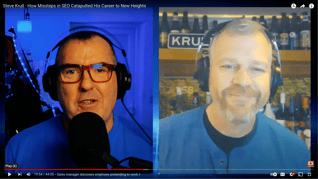

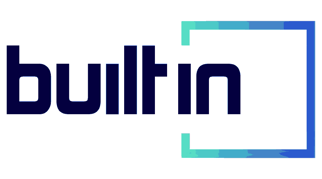

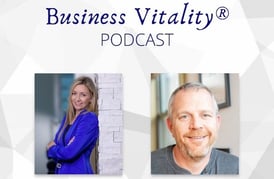
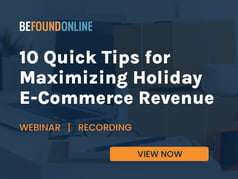

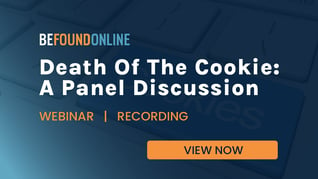
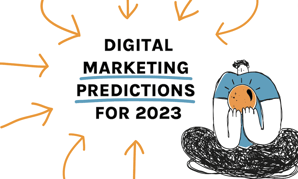
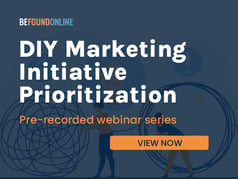
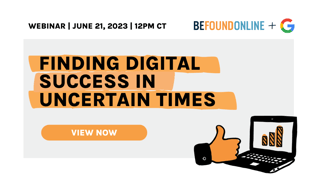
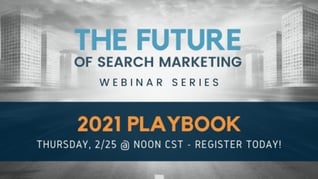
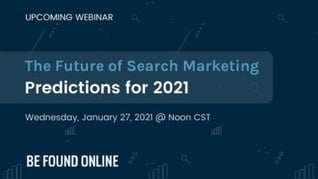
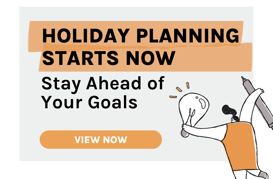
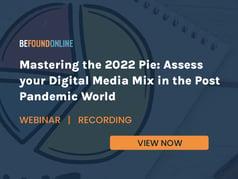
.png?width=339&height=179&name=Webinar%20Banner%20(1).png)
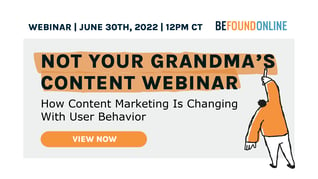
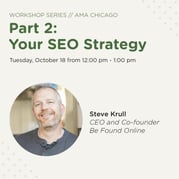
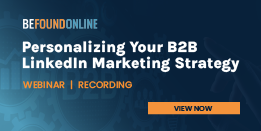
.png?width=339&height=179&name=July%20Webinar%20(Newsletter).png)
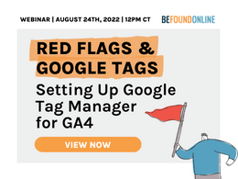
.png?width=339&height=179&name=Webinar%20Banner-April-02%20(1).png)
%20(4).png?width=339&height=179&name=Webinar%20Banner-May-02%20(1)%20(4).png)

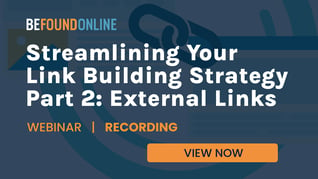

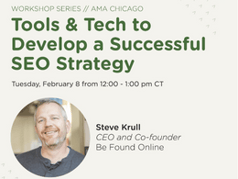
.png?width=339&height=179&name=March%202023%20Webinar%20Ad%20(autoresponder).png)

